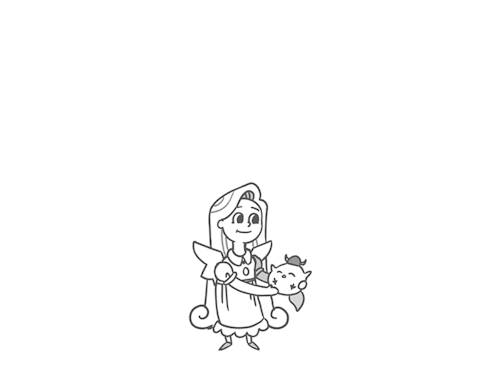thundercluck-blog: Hey folks, Paul here for MOTION MONDAY! I had fun making today’s GIFs&helli
thundercluck-blog: Hey folks, Paul here for MOTION MONDAY! I had fun making today’s GIFs… but this post might have killed my laptop. (Lots of quirks and crashes in the last 24 hours… always back up your work!) Today’s focus is timing, specifically hang-time, and how it gives airborne objects a sense of gravity. I’m not gonna type much, so hopefully these GIFs speak for themselves. Enjoy! With hang-time: Without hang-time: [Expressions: you know this is wrong, why are you doing this Paul] Hang-time is the main focus here, but there are also other factors to consider… Follow-through: notice in the top example, big baby Thundercluck has extra fluidity because his body changes direction first, then his wings and tail change direction afterwards. This can add a lot of life to characters with hair, tails, scarves, etc. Squash-and-stretch: again in the top example, Thundercluck stretches when he’s moving fast, and squashes when he slows down (mostly when Brunhilde catches him). This is often used on bouncing ball animations, but it can add life to characters, too! Arc motion: this isn’t showcased by either example because Thundercluck’s only moving vertically. If he were also moving side to side, though, it’d be crucial for his path to follow an arc. (Think upside-down “U,” not right-side-up “A.”) These are among Disney’s “12 Basic Principles of Animation.” I’m planning to demonstrate another principle next week, likely one of the three “other factors” listed right above. If anyone has a request, let me know! Thanks for watching, and be sure to check back… on the next exciting episode of Chicken Ball Z MOTION MONDAY! -- source link

